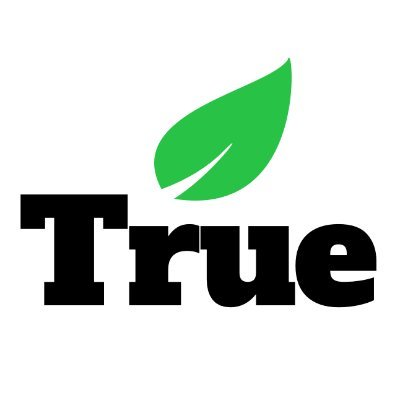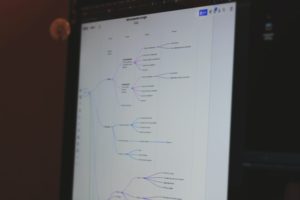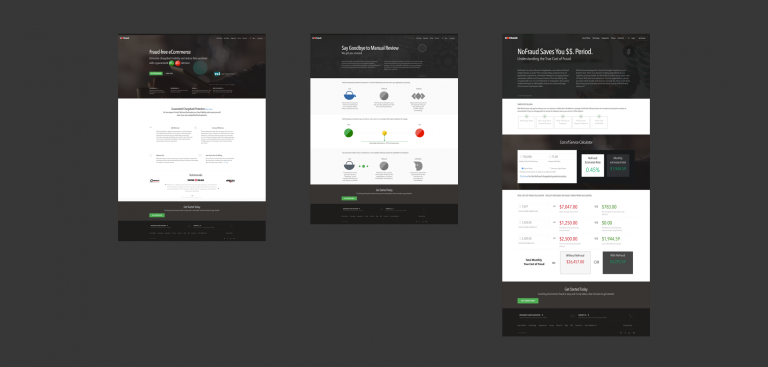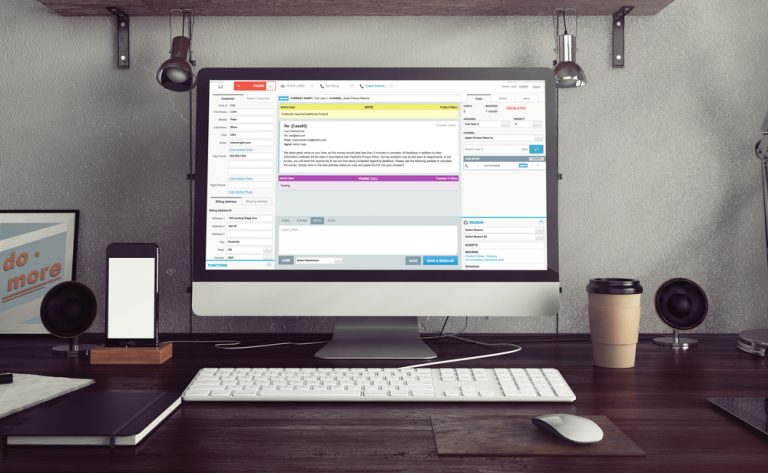As consumer electronics companies produce bigger and better HD televisions, sports fans have enjoyed the ability to feel the excitement of the stadium from the comfort of their own homes. Broadcast companies like NBC, FOX, CBS and ESPN have further enhanced the viewing experience by engaging fans on social media platforms and producing bingeworthy content. The downside of high ratings are stagnating stadium attendance levels.
With the convenience of the at-home viewing experience, how can professional sport leagues bring fans back to the stadium? In a 1998 poll conducted by ESPN, 54% of fans revealed that they would rather be at a game than at home. However, when that poll was taken again in 2012, only 29% of fans wanted to be at the game.
Now, professional football teams are betting big data can provide insights that will help them get fans back in the seats. For instance, The New England Patriots have partnered with data science experts to better understand the needs of their fanbase. By investing in big data and high-power analytics tools, the New England Patriots are uncovering new insights on consumer behavior such as in-store purchases, ticket purchase information, and click rates – information that will help them optimize marketing and sales tactics.
While most Patriot games do sellout, there are instances where season ticket holders do not show up. With tools from Kraft Analytics Group (KAGR), The New England Patriots can access data from every seat in the stadium to see who will be attending and how many season ticket holders came to the game. By tracking all of this data the New England Patriots are able to uncover insights into their fanbase that were previously unknown. Robert Kraft, owner of the New England Patriots, was asked about fan turnout and how valuable it was for the team.
“If somebody misses a game, they get a communication from us and we start to aggregate the reasons why people miss one, two, or three games. At the end of the year, I can know everything that took place with our ticket-holders during that season. It’s incredibly valuable to adjust your strategy going forward depending on what your goals are.“-Robert Kraft, Owner of the New England Patriots
Many teams are also turning to IoT (Internet of Things) solutions to optimize their fan experience. With IoT solutions, devices can be connected to the internet with a click of a button. Professional sports teams have taken advantage of these opportunities by using platforms such as iBeacon. This app uses bluetooth connections in order to connect with mobile devices to create a new type of stadium experience. With this technology connecting to concession stands and areas around the ballpark, fans can find the closest pizza discount and the shortest bathroom line.
![]()
Beacon Stadium App-Courtesy of Umbel
IoT stadiums will eventually become the new norm. The San Fransisco Giants have become leaders in the revolution. Bill Schlough CIO of the San Fransisco Giants commented on this trend,
“Mobile and digital experiences are paramount to our fan experience,” according to Schlough, “and they have played a role in the fact that we’ve had 246 straight sellouts.”
Schlough and the Giants organization have taken an active role to offer their fans a unique viewing experience. Cell phone coverage was introduced in the early 2000s, and in 2004 they introduced a plan to make AT&T Park a mobile hotspot. With WiFi antennas across the stadium, fans have the ability to watch videos and use social media to interact with other fans in the stadium.
As owners and cities continue to spend billions of dollars for new stadiums, meeting consumer demand will be crucially important in a digital world. Teams like the New England Patriots and the San Fransisco Giants have already started using technological tools like analytics and the Internet of Things in order to cater to the needs of their fans. With more innovators in the tech industry, other sports teams will likely follow the path of the Patriots and Giants in order to provide a memorable experience at the game for their customers.
With Synaptik’s social listening tools and easy data management integration, companies have the advantage to track conversations and data around secific topics and trends. Sign up for a 30 minute consultation.
Contributors:
Joe Sticca, Chief Operating Officer at True Interaction
Kiran Prakash, Content Marketing at True Interaction







